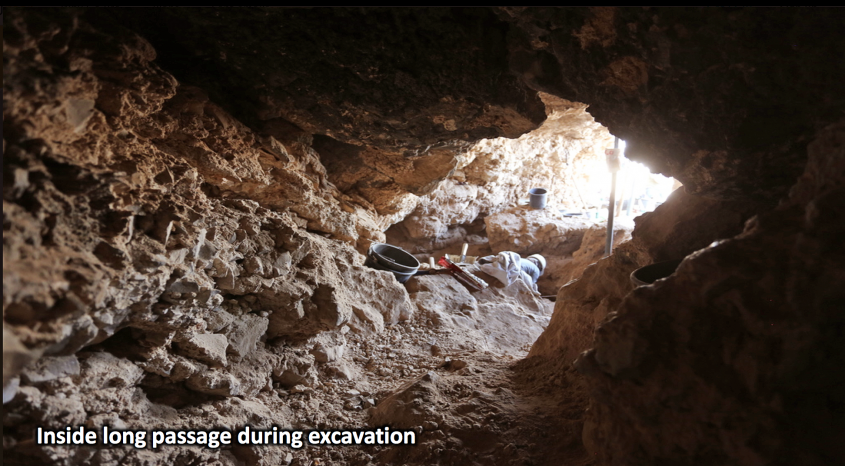
A New Cave, an Old Controversy: Dramatic New Discovery in Israel will Re-Ignite Debates
The last Dead Sea Scrolls cave, linked to the ruins on the marl shelf at the mouth of Wadi Qumran, was discovered in 1956, bringing the total number of caves to eleven — eleven caves containing the famous Dead Sea Scrolls, ceramic jars, and a number of other artifacts.
Examine the DSS interactively on Logos. >>
For sixty years archaeologists and looters have been searching for a twelfth cave. Would another one ever be found? Most didn’t think so. This is what makes the announcement from Hebrew University so astounding: A twelfth cave has been discovered!

Playing in the dirt
One of the Operation Scroll volunteers was archaeologist Randall Price, who today serves on the faculty of Liberty University. One of the briefly examined caves in 1993 — cave 53 — caught his attention.
Last year Price received permission to excavate that cave. Last month (January 2017) he, Oren Gutfeld, Ahiad Ovadia from Hebrew University, and a number of volunteers did so. Among the volunteers was sixty-five year old Cary Summers, President of the Museum of the Bible, whose exhibits and extensive collection will open to the public in November.
“You are never too old to play in the dirt,” Cary told me in a recent email. As a veteran volunteer digger myself, I know what he means and I couldn’t agree more. As it turns out, Cary chose the right dirt to play in.
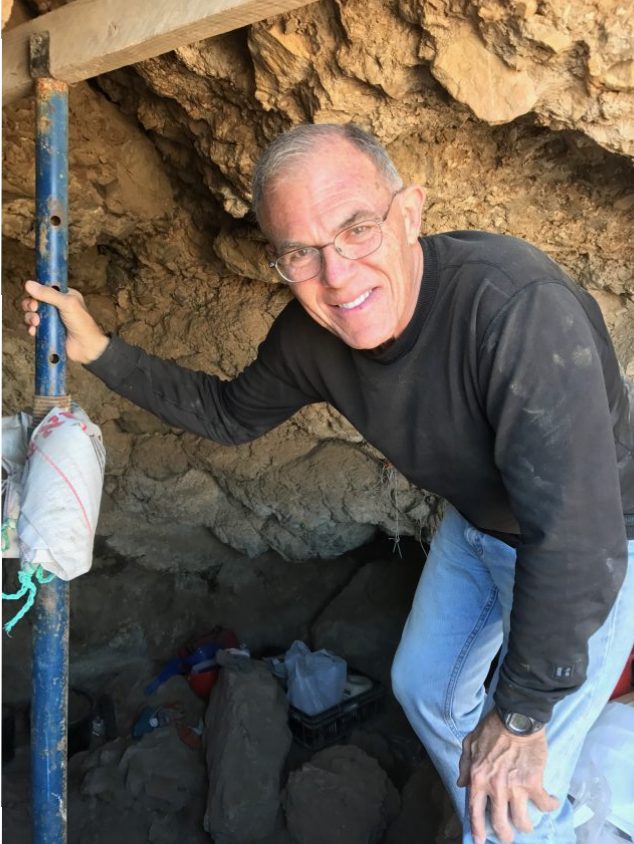
Study the Dead Sea Scrolls on Logos. >>
The discovery in Cave 12
Price and his team made a truly significant discovery. Although the cave that the archaeologist and his team excavated had been looted (and the looters left behind a couple pick-axes), what was unearthed was quite important. Price and has team recovered six jars identical to the jars found in several of the other Qumran caves. These ceramic jars were designed to contain scrolls.
The condition of the some of the better-preserved Scrolls strongly supports the widely-held view that the jars were indeed intended for that purpose. Most of these jars are on display in Jerusalem’s Shrine of the Book and in Kando’s famous antiquities shop in Bethlehem. Although there are doubters, most scholars are convinced that these ceramic jars at one time contained many of the Dead Sea Scrolls.
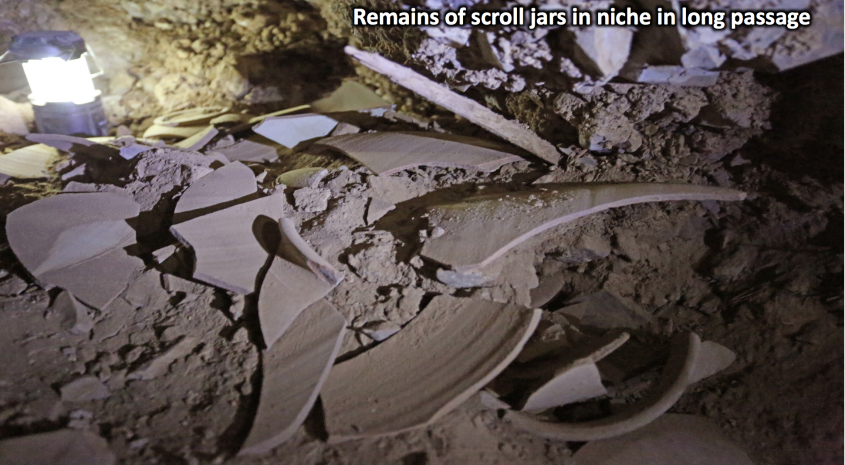
The jars in ancient sources
In fact, ancient sources actually refer to ceramic jars used for this very purpose. Long ago the prophet Jeremiah was instructed to “take these deeds … and put them in an earthenware vessel, that they may last for a long time” (Jeremiah 32:14). In a first-century apocryphal writing Moses is commanded to “take this writing so that later you will remember how to preserve the books that I shall entrust to you. You shall arrange them, anoint them with cedar, and deposit them in earthenware jars … ” (Testament of Moses 1:16–17).
Long before the Scrolls were found in modern times in the caves near the Dead Sea, ancient scrolls were found in the general vicinity. Fourth-century Church historian Eusebius reports that third-century Origen somehow got hold of a biblical scroll “found at Jericho in a jar” (Hist. Eccl. 6.16.3).
We will never know if Origen’s scroll came from the ancient library partially preserved in the celebrated eleven caves in and around Qumran, discovered from 1947 to 1956. But the report of a discovery of a scroll in a jar at least attests the ancient practice.

Cave 13 discovery on the horizon?
It is hard to believe it, but Price and his team seem to have discovered a twelfth cave, something Scrolls scholars have been dreaming about for sixty years. And not only that, Price thinks there may even be a thirteenth cave near the Qumran ruins.
Unlike the newly discovered Cave 12, the mouth of the suspected thirteenth cave is concealed — which means there is a chance that it has not been looted. If that is the case, more texts could be discovered. If that happens, who knows what new things we might learn?
Of course, new scrolls have been coming to light from time to time for decades. Often they have been in possession of bedouins, reaching all the way back to those heady days of discovery and exploration in the 1940s and 1950s. The caves from which these scroll fragments were derived usually cannot be determined.
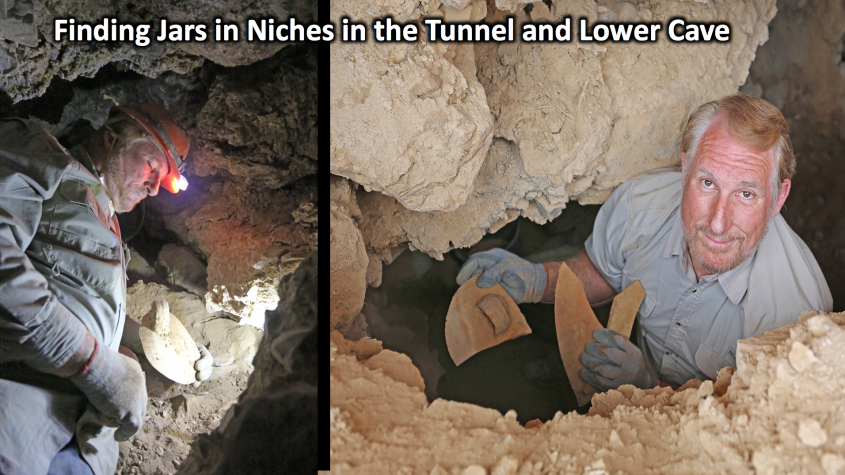
Parchment, Papyri, and Linen!
This is what makes Price and team’s discovery so important. He and his team have discovered what likely will be confirmed as Qumran’s Cave 12. Not only were six scroll jars recovered, but small fragments of parchment and papyrus, as well as at least one linen used for wrapping scrolls.
Scientific testing of the ceramic should confirm its link to the ruins and Qumran and to some of the other jars found in nearby caves. DNA testing of the parchment could confirm links to some of the scrolls whose origins have to date not been determined. The presence of the jars and the linen wrapper confirms that Scrolls used to be in this cave (and same applies in the case of Cave 8).
This is truly exciting. I might add that the recovered artifacts of the new Qumran cave will be of interest to scholars of great antiquity as well, for Price and his team also recovered Neolithic remains, including arrowheads and knives.
Linking worlds together
The caves, the ruins, and the scrolls of Qumran are important because they link the Old Testament and Jewish world to the world of Jesus, the Christian Church, and the writings of the New Testament. These discoveries near the Dead Sea also link sacred texts with hard evidence. The texts clarify the hard evidence, and the hard evidence clarifies the texts.
What archaeological evidence shows is that the ancient narratives of our old scriptures reflect an ancient world that actually existed, not a fairytale world of imagination and fiction. Thanks to archaeology, which in the last century or so has uncovered a great quantity of manuscripts, we now know that the ancient texts do indeed speak of real people, real places, and real events.
Judaism in the time of Jesus
The Qumran Scrolls are also important because they shed a great deal of light on the Judaism of Jesus’ day and a great deal of light on specific teachings of Jesus and his early followers.
For example, an Aramaic scroll from Cave 4 speaks of a coming figure who will be called “Son of God” and “Son of the Most High” who will be “Great” and who will reign forever. The parallels with the Annunciation of Luke 1 are obvious. Another scroll from Cave 4 anticipates the coming of God’s Messiah who give sight to the blind, heal the wounded, raise the dead, and proclaim good news to the poor. The parallels to Jesus’ reply to John the Baptist are quite apparent.
Even Paul’s “works of the law” terminology finds an important parallel in a Cave 4 letter concerned with legal matters.
The Melchizedek Scroll from Cave 11 forecasts the coming of one who seems to be God himself, possessing the power to forgive sin, heal, and defeat Satan. Examples like these — and there are many more — should make it clear how important the Scrolls are.
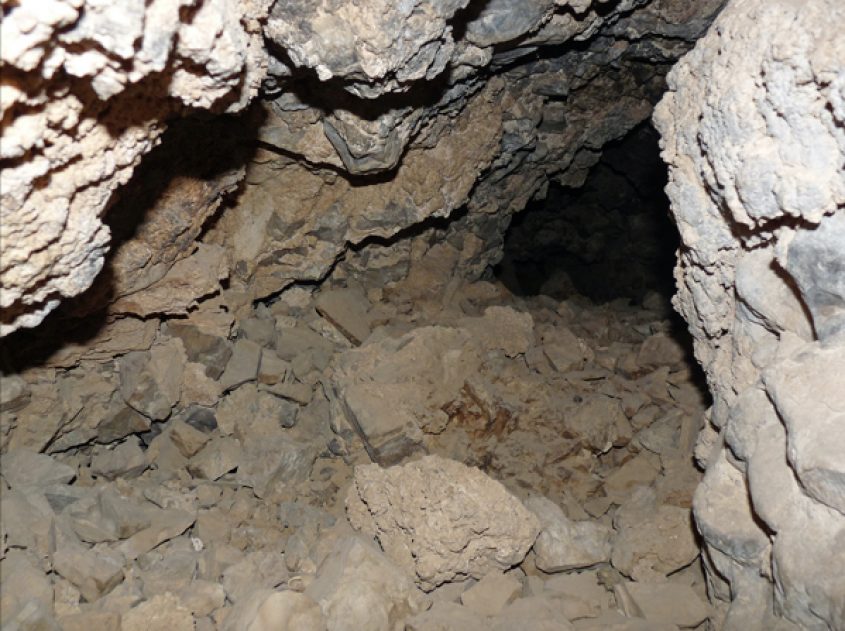
The controversy is re-ignited
Of course, this startling new discovery will almost certainly re-ignite the controversy over who owns the Dead Sea Scrolls? Do they belong to Israel (when first found, Qumran was part of Jordan), or do they belong to the Palestinians? It was this hotly debated political issue that led to the new discovery.
The organized, authorized search for new Scrolls caves started with the dispute over the West Bank and the fear that Israel would lose access to the famous Dead Sea caves that to date have yielded about 1,000 documents, including and especially the famous Dead Sea Scrolls, which have been described as “the greatest archaeological find of the twentieth century.”
On the chance that Israel might lose access to this desolate region, in 1993 Operation Scroll was launched. Manned by members of the Israel Antiquities Authority (under the direction of IAA chief Amir Drori), the Israel Defence Forces, and a number of archaeologists and volunteers, Operation Scroll explored and recorded hundreds of caves along the western bank of the Dead Sea, including Jericho to the north. A few odds and ends were discovered but nothing earth-shaking, at least nothing that could count as another Dead Sea Scrolls cave.1
New treasures, new troubles
I am deeply grateful to Dr Price for sharing with me the details of his important discovery. I also share his hope that Cave 12 will not be the last Qumran cave to be discovered. Who knows what new treasures will be unearthed? And, who knows what new political trouble these new discoveries will generate? We live in interesting times.
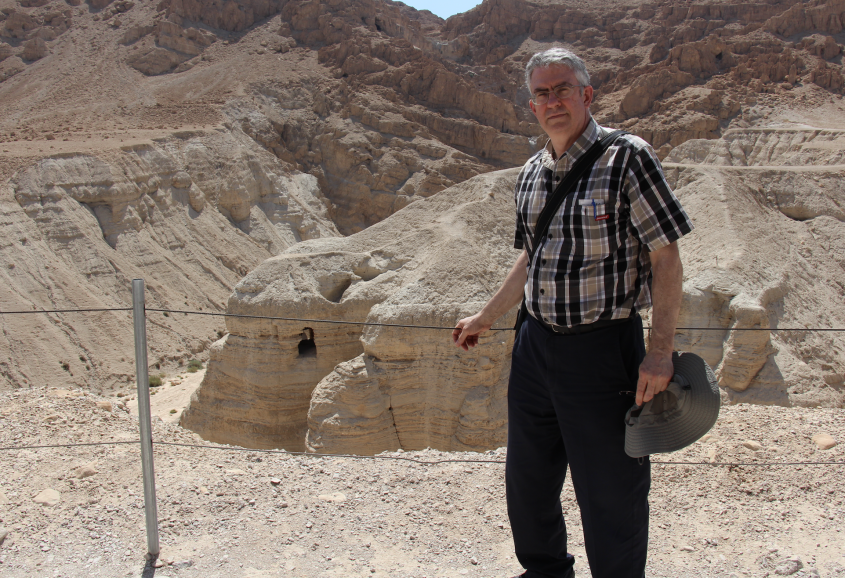
Craig A. Evans, Ph.D., D.Habil., is the John Bisagno Distinguished Professor of Christian Origins at Houston Baptist University in south Texas. Evans has published extensively in the area of the historical Jesus, the Dead Sea Scrolls, and archaeology. He earned his Ph.D. under William Hugh Brownlee, one of the very first scholars to lay eyes on the Scrolls. Evans is a member of the Scholars Initiative concerned with the significance of the ancient biblical artifacts housed and conserved by the Museum of the Bible.
Dr. Evans has an outstanding series of online education courses, including Archaeology and the NT, The DSS and the NT, and a new course under development, Archaeology in Action: Jesus and Archaeology, only available on Logos.

